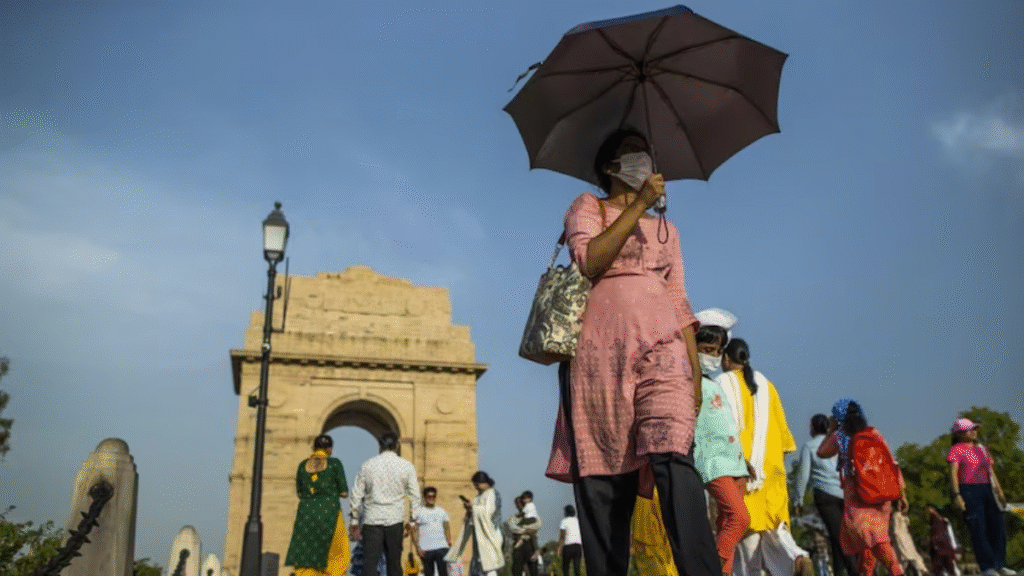
Delhi Is Burning Hot: Highest Temperatures Reach 42°C
Residents of Delhi are battling the rising temperatures as the nation’s capital prepares for yet another brutal summer. With the highest temperature reaching an unforgiving 42 degrees Celsius a heatwave alert has been issued. The inhabitants must now endure hot days and restless nights as the city has been transformed into a furnace by the unrelenting sun and dry winds.
A heatwave: what is it?
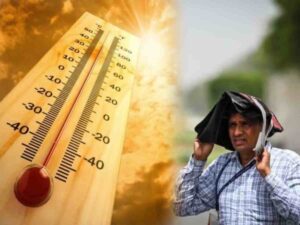
A heatwave is defined as a stretch of unusually high temperatures that are above normal for a given area and season frequently accompanied by dry weather. A heatwave is defined by the India Meteorological Department (IMD) as a temperature that is at least 40°C in the plains and 4.5°C higher than average.
Delhi is particularly vulnerable to heatwaves because of its landlocked location and scarcity of natural water bodies. The impact is exacerbated and temperatures are raised by the urban heat island effect which is brought on by a lack of green space pollution and dense infrastructure.
India-Pakistan
Effects on Day-to-Day Living
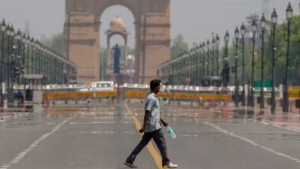
People have had to make major adjustments as a result of the heatwave’s disruption of daily life in the city. The following are some of the main difficulties brought on by the severe weather:
- Health Risks: Extended exposure to such high temperatures can cause dehydration heat exhaustion and heatstroke among other heat-related illnesses. Children the elderly and outdoor workers are among the vulnerable groups that are more at risk.
- Water Crisis: As temperatures rise there is an increased demand for water placing a tremendous strain on already limited supplies. Water shortages in many parts of Delhi make it more difficult for locals to practice good hygiene and stay hydrated.
- Energy Consumption: As more people turn to air conditioners and fans to beat the heat energy consumption has gone up sometimes causing power outages in some areas of the city.
- Impact on Livelihoods: The heat puts the health and earnings of street vendors delivery drivers and workers engaged in construction or other outdoor occupations at risk.
Safety precautions and measures
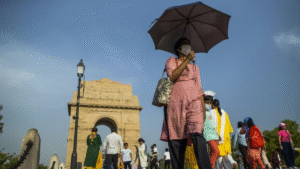
Residents are encouraged to take the following safety measures to help combat the intense heat:
- Keep Yourself Hydrated: Even if you don’t feel thirsty make sure to drink lots of water. To restore electrolytes include drinks like lemonade or coconut water. Steer clear of alcoholic and caffeinated beverages as they can further dehydrate you.
- Wear Light Clothing: Choose clothing that is light in color loose-fitting and made of breathable materials like linen or cotton.
- Minimize Outdoor Activities: Steer clear of the outdoors between 11 AM and 4 PM when temperatures are at their highest. If you have to go outside bring an umbrella or a hat for protection.
- Use Sunscreen: Use sunscreen with the right SPF level to protect your skin.
- Cool Your Living Spaces: To keep your home at a comfortable temperature use fans air conditioners or coolers. To keep sunlight out keep your blinds or curtains drawn.
- Watch Out for Others: Make sure your neighbors are managing well by checking in on them especially if they are elderly or have health issues.
Community and Government Initiatives
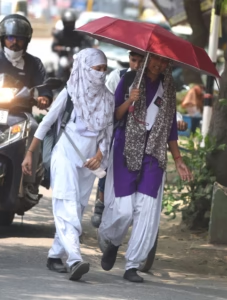
To lessen the effects of the heatwave the Delhi government and local authorities have increased their efforts. There are steps being take including placing water kiosks giving out ORS (Oral Rehydration Solutions) and sending out medical teams to areas that are at risk. The public is being educated about heatwave preparedness through awareness campaigns.
A Sneak Peek at the Future
Delhi’s frequent heat waves serve as a sobering reminder of the imminence of climate change. These occurrences are becoming more frequent and intense due to urbanization deforestation and rising global temperatures. Long-term fixes such as increasing green space implementing sustainable urban planning techniques and switching to renewable energy sources are crucial according to experts.
In conclusion
It is an appeal for cooperation as Delhi continues to struggle with the consequences of this heat wave. A sustainable strategy is essential to guaranteeing the city’s resilience against future climate challenges even though quick fixes can help ease the current crisis.





